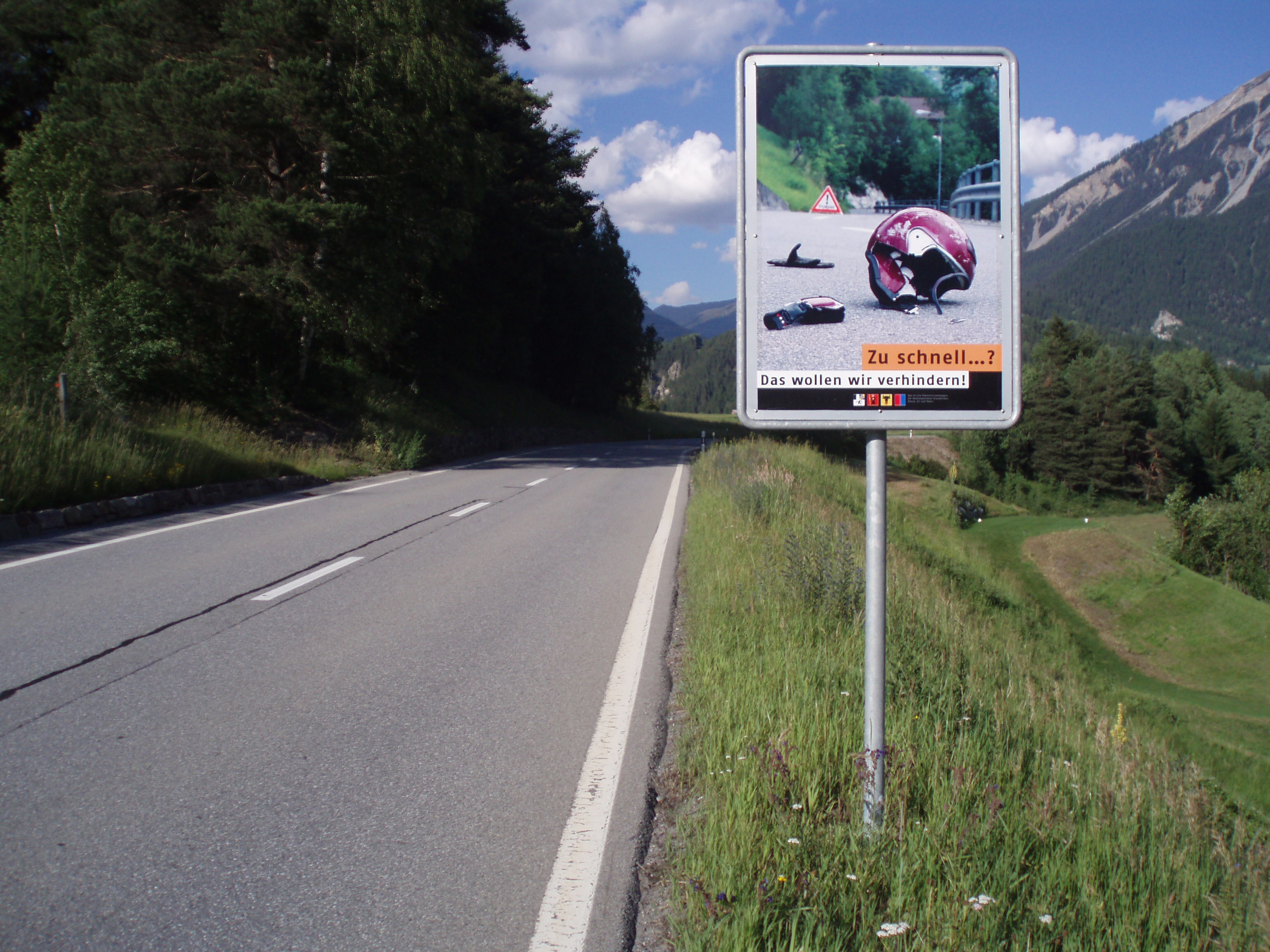 KSL.com reported that a 49 year-old motorcyclist was killed when he crashed into a highway guardrail Saturday afternoon of May 18, 2013. The victim ,who was from from Bozeman, Montana was travelling south of Vernal on the switchback portion of SR 191 when he failed to negotiate a turn resulting in the unfortunate accident.
KSL.com reported that a 49 year-old motorcyclist was killed when he crashed into a highway guardrail Saturday afternoon of May 18, 2013. The victim ,who was from from Bozeman, Montana was travelling south of Vernal on the switchback portion of SR 191 when he failed to negotiate a turn resulting in the unfortunate accident.
Authorities claimed that the motorcycle did not stop for nearly half a mile after hitting the rail. Although wearing a helmet, the paramedics reported that the victim died on the scene from his injuries.
The Utah Highway Patrol is investigating the incident and has ruled out speed as a factor for the crash.
Utah Department of Public Safety reported an increase in fatalities among motorcyclists from 2011- 2012. From 2002-2011, it was reported that the average age of victims is 41 years of age.
Motorcycle manufacturing has improved the safety features of the bike, but when on the road, all you have with you are your riding skills, protective riding gear, and your general strategies to be safe on the road. The Department urges motorcyclists to get formal training to enhance driving skills, especially when you are going to use the bike to regularly commute. Moreover, The Utah Department of Public Safety recommends the use of DOT approved helmets as a requirement. There are videos posted on the Utah Department of Public Safety’s website to educate motorcyclists on the dangers of ill-fitting and inappropriate helmets. As per observation, motorcyclists would usually be separated from the bike during impact. It is imperative that you wear protective gear or clothing when you venture onto the highway on your motorcycle. A t-shirt and denim can never be considered as protective gear since this kind of clothing cannot cushion your body against impact with the pavement.
The Utah Driver Handbook provides tips on how to make turns safely. The handbook stipulates that a driver cannot safely operate a vehicle if he/she does not know how to make proper turns. In general, a good turn involves:
- Making up your mind before you get to the turning point.
- Signaling and safely moving into the proper lane well in advance of your turn. If you cannot get into the proper lane at least 100 feet before your turn, do not turn.
- Giving the proper turn signal at least two seconds before reaching the point where you plan to turn.
- Slowing down to a reasonable turning speed.
- Making the turn properly. The following instructions and illustrations in the handbook will help you make proper turns.
These guides were drafted to help keep everyone safe on the road. Knowing these by heart can help us all have a safe journey every day. May is Motorcycle Safety Awareness Month. Please Share The Road.
Image courtesy of Dave Collier
